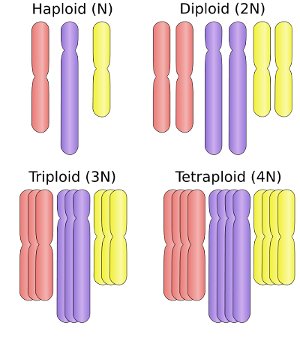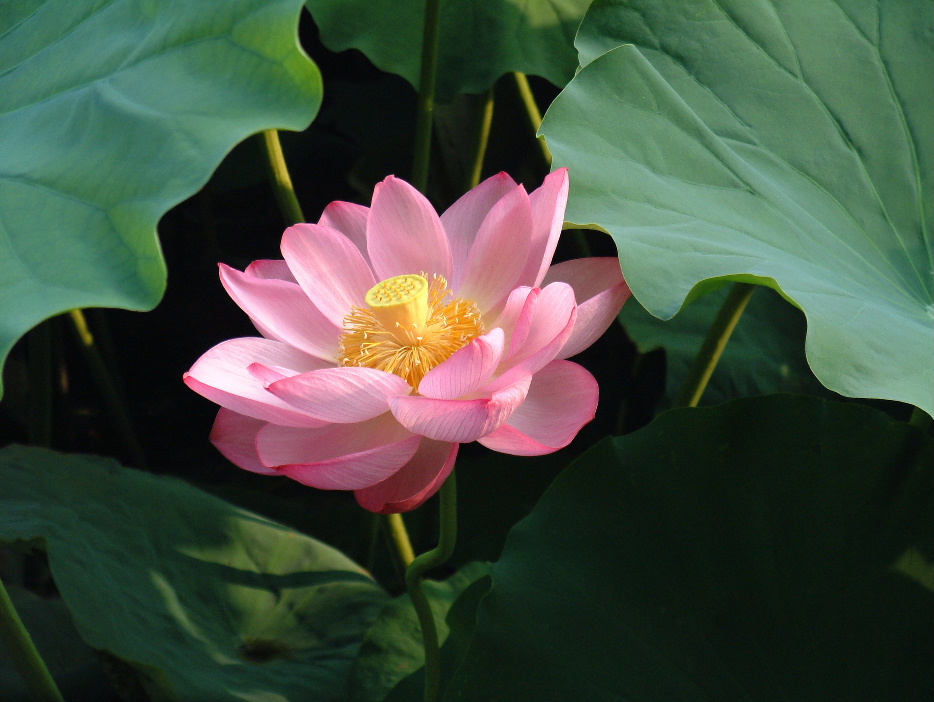37. How do plants use polyploidy?
By producing ovules and pollen cells which fail to go through the second part of meiosis and these cells fuse and create offspring plants with twice as many chromosomes.

For example a plant with 12 chromosomes should produce gametes with 6 chromosomes and when the gametes fuse, forms offspring with 12 chromosomes. If it is a polyploid plant species, then it could produce gametes which fail to go through the second part of meiosis and the gametes have 12 chromosome. When they fuse it creates offspring with 24 chromosomes. Instant speciation!

The above plant is a water lily. It is a polyploid species as a result of crossing an Egyptian and East Indian species of water lily. There are many other examples of plant species, one of the most notable would be the commercial wheat plant. Whatever the reason, plant polyploidy is rampant. Scientists have estimated that half to two-thirds of flowering plants are polyploid, including more than 99% of ferns and 80% of the species in the grass family -- the source of rice, wheat, barley, oats, and corn. So are a huge proportion of our other crops, including sugarcane, potatoes, sweet potatoes, bananas, strawberries, and apples.